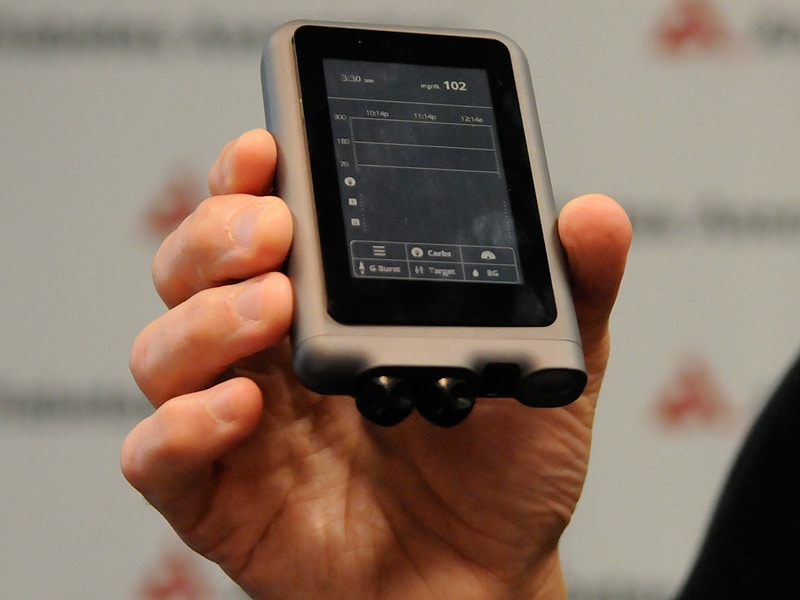
A wearable device – iLet Bionic Pancreas has shown signs of helping people with Type 1 diabetes reduce average blood-sugar level more effectively than other treatment methods including similar devices.
This was revealed in a study published recently in the New England Journal of Medicine where over 200 adults and children with Type 1 diabetes used the iLet for about three months.
The results after being compared with about 100 people in the same condition using other insulin-delivery methods, showed a decrease in average blood-sugar level among iLet users. The other group showed no change in average blood sugar levels.
Beta Bionics Co-founder, Ed Damiano said the iLet, whose name is a nod to the pancreatic islets of Langerhans containing cells that make insulin, would have a similar price and requires less input from users and healthcare providers than other devices.
Without insulin, glucose buildups can cause complications including heart and kidney disease. Too much insulin can also lead to a low blood-sugar level that can be dangerous.
Laurel Messer, a co-author of the iLet study and researcher at the Barbara Davis Center for Childhood Diabetes at the University of Colorado said, “People with Type 1 diabetes need the right amount of insulin at the right time to avoid such complications. That has long involved multiple fingerstick blood tests and insulin injections a day.”
Other automated insulin-delivery systems prompt patients or healthcare providers to estimate a ratio of insulin to carbohydrates. They prompt users to indicate how much insulin to administer or how many carbohydrates they plan to consume before each meal. Larger doses of insulin need to be administered right before meals to help regulate the excess glucose consumed through carbohydrates.
Automated insulin-delivery systems aim to make the process simpler. They measure glucose levels every few minutes and send insulin into the bloodstream as needed.
Users of iLet input their body weight when the device is first set up, Dr Damiano said, and indicate before each meal whether it is smaller, typical or larger than usual for them without having to count the carbohydrates in the meal. iLet users can stop insulin from being administered but not manually adjust doses.
Damiano compared the iLet to a driverless car. “Some people really need to hold the wheel and it would make them really nervous, but we hope to lift the anxiety in many people who would benefit from it.
“The iLet should be charged for a few minutes every day. As with other automated insulin-delivery systems, it can hold about two to three days worth of insulin at a time.”
Almost 2 million people in the U.S. have Type 1 diabetes, a potentially fatal condition, according to the American Diabetes Association. The disease arises when the pancreas makes insufficient amounts of insulin, a hormone that regulates the sugar glucose in the blood.








